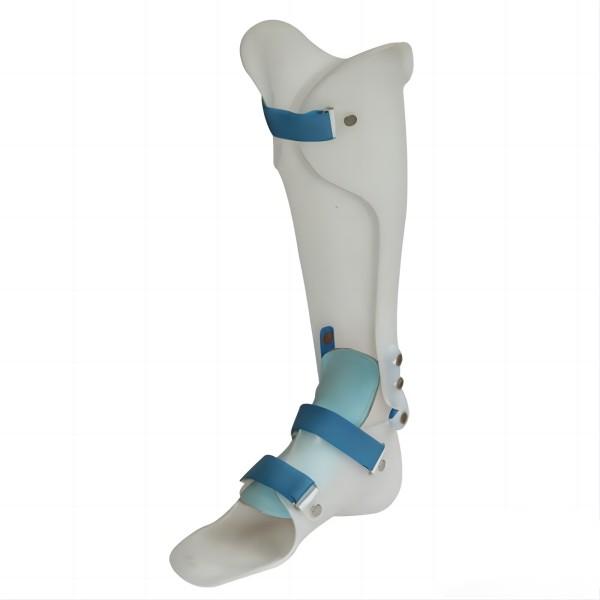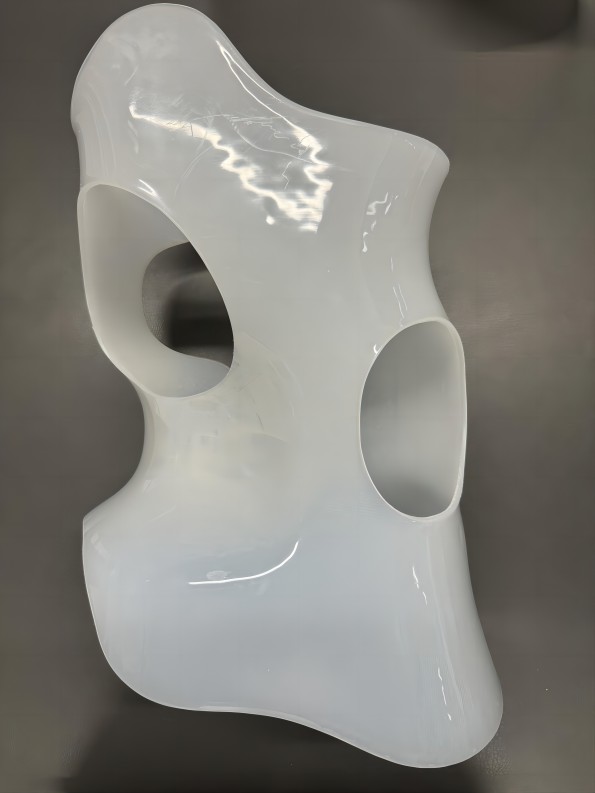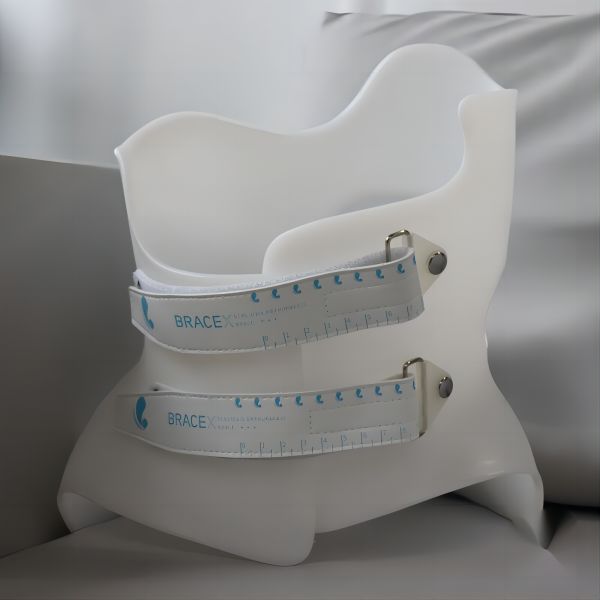
Privacy statement: Your privacy is very important to Us. Our company promises not to disclose your personal information to any external company with out your explicit permission.
PP (Polypropylene) and PE (Polyethylene) are two common plastic materials that differ in their chemical composition, physical properties, heat resistance, density, and range of applications:
Chemical composition: the main component of PP is polypropylene, while the main component of PE is polyethylene.
Physical properties: PP usually has a higher melting point and melting temperature than PE, so it can withstand higher temperatures: the density of PE is usually in the range of 0.91~0.96g/cm³, while the density of PP is in the range of 0.90~0.91g/cm³, and the hardness and rigidity of PP is usually superior to PE, but the toughness is poorer at low temperatures.
Heat resistance: PE has better low temperature resistance, can be used normally in the environment of -60 ℃, but the high temperature resistance is weaker, its maximum use temperature is about 90 degrees Celsius. PP's high temperature resistance is much better, it can be used normally at 100 degrees Celsius, and can even be heated in the microwave oven.
Scope of application:
PE is commonly used in the manufacture of films, containers, pipes, cable insulation and other products that require flexibility and cold resistance. And PP is commonly used in the manufacture of pipes, sanitary ware, home appliances, plastic knitting, tubing, medical, automotive industry and other products that require high rigidity and thermal stability.
Flexibility: PE material is relatively soft, very easy to deform after being squeezed; while PP material is relatively hard, less flexible.
Weather resistance: PE has higher weather resistance, while PP has lower weather resistance.
Safety: PE and PP are non-toxic, chemically stable and easy to mold and process.
Overall, PP and PE have their own advantages in terms of performance, and the choice of which material to use depends on the specific needs of the application.



We are giving you a comparison today of the differences between PP and PE materials widely used in orthotics.
PE is what we often refer to as polyethylene.Looks close to pure white;
PP is polypropylene, these two materials compared to what are the advantages and disadvantages of it, PP's most prominent feature is that the bending strength is much higher than PE, that is to say that we are in a number of times when the bending of the PP material is not easy to deform, and PP's tensile strength and compression strength is much stronger, based on the characteristics of the material, the selection of PP material, the support can be done to make it lighter and thinner.
Compared with PE, the shortcomings of PP material is PP's heat distortion temperature is high, resulting in its processing molding is more difficult than PE, and PP's impact strength is poorer than PE, in the receipt of a strong impact, or even fracture, we are in the selection of the support material, we should listen to the support designer's advice to select the most suitable material.


LET'S GET IN TOUCH

Privacy statement: Your privacy is very important to Us. Our company promises not to disclose your personal information to any external company with out your explicit permission.

Fill in more information so that we can get in touch with you faster
Privacy statement: Your privacy is very important to Us. Our company promises not to disclose your personal information to any external company with out your explicit permission.